FORT BLISS, Texas (AFNS) —
The Air Force Installation and Mission Support Centeris developing a course designed to equip combat air base squadron leaders with the skills needed to teach and lead combat support warfighters through every phase of the Air Force Force Generation model.
The new Combat Support Instructor Course was introduced at the first of two 2024 Installation and Mission Support Weapons and Tactics Conferences, which focused on advancing agile combat support operations in an era of Great Power Competition.
A beta test of the course, held Aug. 5-23 at Fort Bliss, was planned and conducted by the Air Force Security Forces Center weapons and tactics team. This rapid development was driven by the Air Force’s evolving need as it tests the Air Task Force construct, said Maj. Richard Cordova, Air Force Security Forces weapons and tactics program chief.
“A lot of effort had been put into creating an ATF training plan and building out Combat Support Training Range sites, but there was a piece missing. We needed an expert to advise and lead the commanders and the chiefs of these CABS and ATFs to be successful through their 18-24 months of training, exercise planning and execution,” Cordova said.
Airmen assigned to ATFs will work and train together throughout the AFFORGEN cycle. Each ATF includes a combat air base squadron, or CABS, consisting of around 300 Airmen from 54 different Air Force specialty codes to manage sustainment, protection and airfield operations.
“Currently, there is no standardized training approach or expertise within the ATF to integrate diverse combat support AFSCs into a training plan, build exercises or oversee the training calendars needed for combat readiness,” Cordova said. “In deployed settings, there is also a gap in aligning base operating support with the needs of combat platforms abroad.”
The CSIC will bridge the gap by developing leaders proficient in managing these critical functions.
“The course will break down functional silos and deliver cross-functional training, providing a comprehensive overview of how combat support capabilities and AFSCs synchronize to form a cohesive unit of action,” Cordova said.
The course will also be important to the overall success of AFIMSC’s Combat Support Training Rangeinitiative, which is developing a network of training ranges that will serve as platforms for units to conduct self-training and certification events tailored to their mission requirements.
“CSTRs are intended to be platforms for unit-led training and certification events, but many units do not currently have members with the required expertise to effectively implement this vision. CSIC will build a cadre of combat support personnel with the skills to facilitate planning and execution of unit-led training events,” said Col. Ross Dotzlaf, AFIMSC combat support rapid integration chief.
About 20 CABS Airmen attended the three-week CSIC beta test, covering topics such as operations planning, weapons training, exercise development, and topics from the ATF training plan, including sustainment, force protection, airfield operations and port operations.
“These folks are going to be the key advisors in the ATFs, the ones who are able to break down the training silos among the combat support communities,” Cordova said.
The course featured classroom instruction and field training with the goal of equipping students to return to their home stations and develop effective training programs for their units, said Senior Master Sgt. Sean Bambino, CSIC course director.
“The students have been fantastic. They’ve had positive attitudes the entire time and we know they’re getting a lot out of it,” Bambino said.
For Chief Master Sgt. LeRay Smedley, senior enlisted leader with the 13th Combat Air Base Squadron atLuke Air Force Base, Arizona, the course is a crucial step in preparing to lead his Airmen for deployment.
“My role is to organize, train and equip my team to ensure that when we deploy, not only are we ready to engage, ready to sustain and ready to support, but that we come back as one team,” Smedley said.
He added that the course would advance his team significantly, providing a broader understanding of the Air Force’s future direction under the new Air Task Force construct.
“It’s truly been an amazing experience,” Smedley said.
Lessons learned from the CSIC beta test, including feedback from the first group of students applying their knowledge with their units, will help AFIMSC prime a more robust course and move into the next phase of course development.
“We’re going to develop this course to make it bigger, to make it better and to bring more people in over time,” Bambino said.
By Shannon Carabajal, Air Force Installation and Mission Support Center Public Affairs


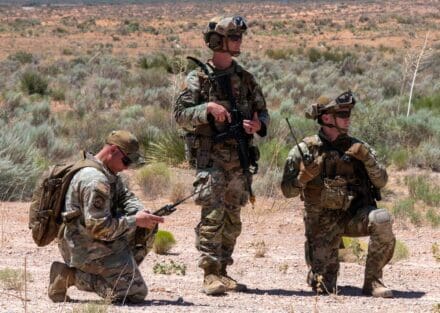
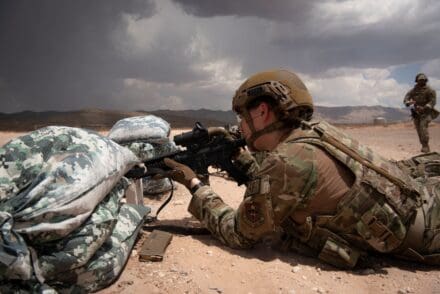
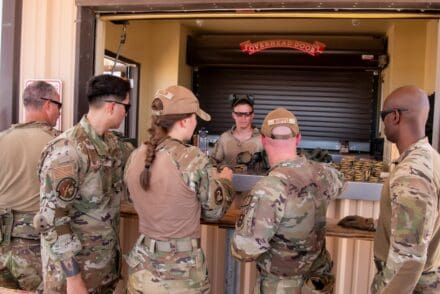
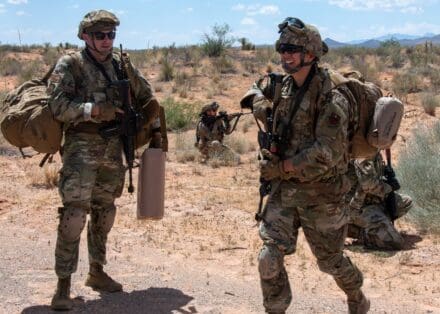
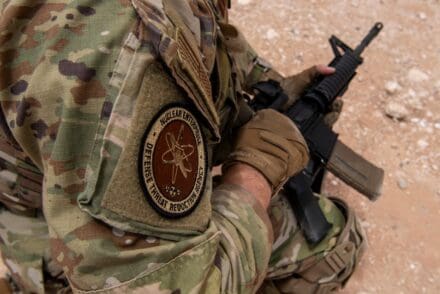
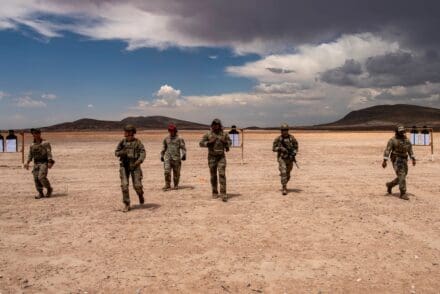
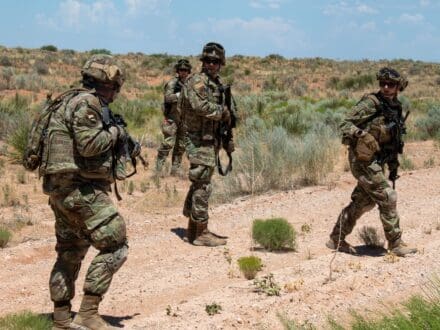
Larger scale evolution of the installation level combat skills training from well over a decade ago. The Air Force is too ingrained with the piecemeal, thrown together method of deployments. The operations elements work, train, and deploy as a team. What they call combat support forces will generally come from all over the world and if you’re lucky took a week or two worth of training together prior to departure. It’s a ridiculous structure even if it is borne of necessity.
The AFFORGEN evolution process is changing all that as much as possible as we shift from AEF to XAB to ATF to DCWs over the next few years. One of the best parts of this concept is treating sustainment forces like the mission generating forces and pushing unity, continuity, and actual preparation instead of the just-in-time training of the GWOT era.